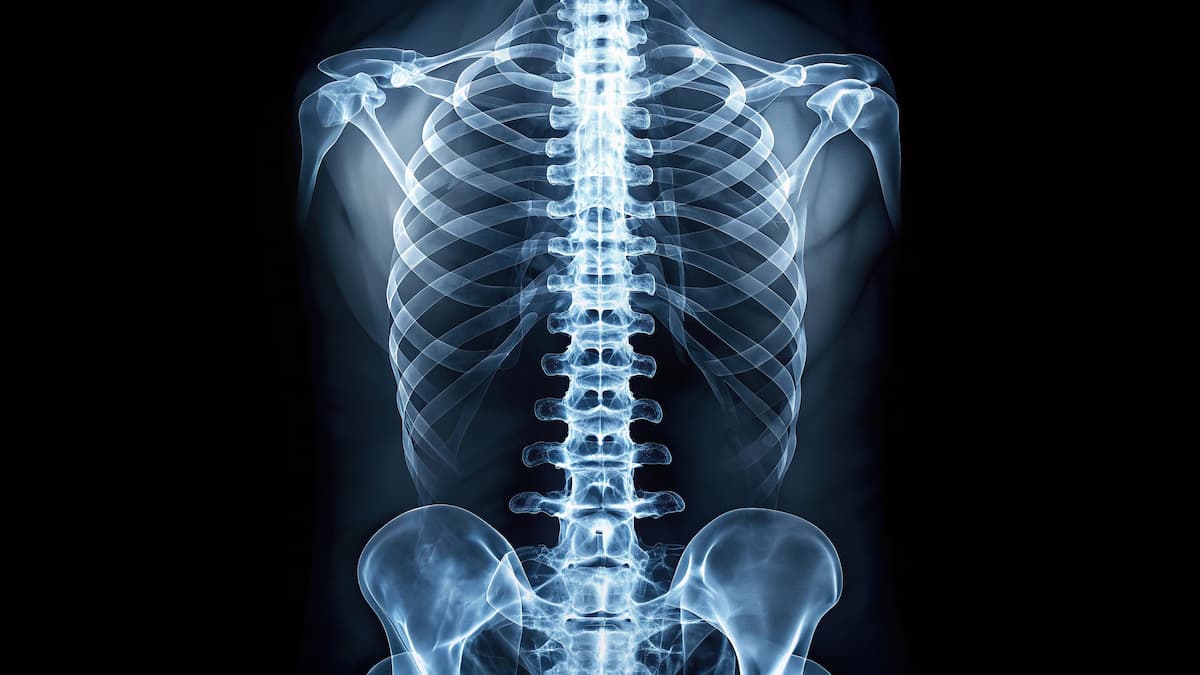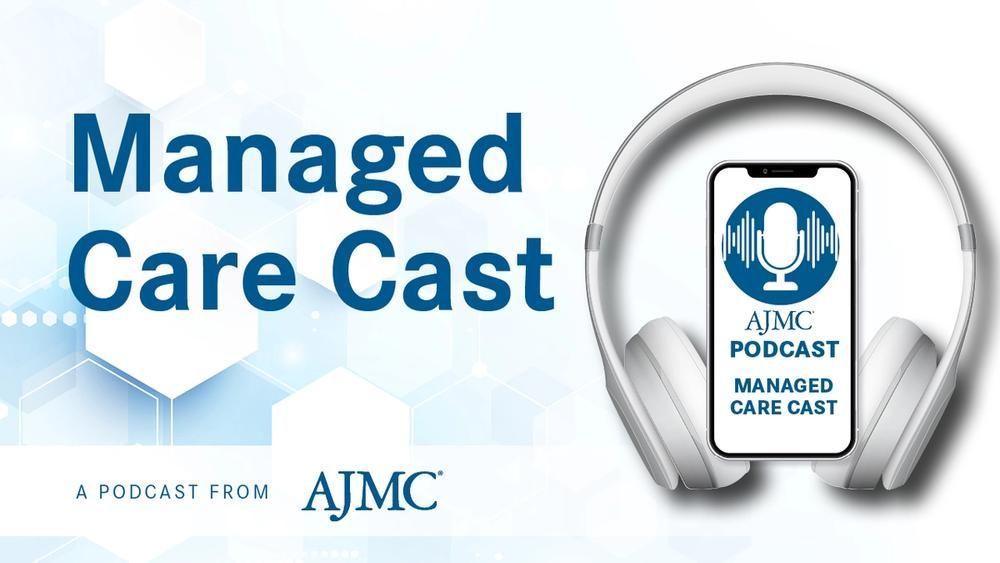News
Article
Adults With DMD More Than Twice as Likely to Experience Fractures
Author(s):
Key Takeaways
- Adult men with DMD have over twice the fracture risk compared to non-DMD counterparts, with corticosteroids increasing this risk further.
- Bone health monitoring is inadequate, with less than half of patients with DMD receiving necessary assessments like DXA scans and lateral spine imaging.
Less than half of patients had undergone bone monitoring, suggesting a need for better clinical guidance and management of osteoporosis in adult men with Duchenne muscular dystrophy (DMD).
Adult men with Duchenne muscular dystrophy (DMD) were more than twice as likely to experience fractures compared with adult men without DMD in the UK, a recent study published in Muscle & Nerve found.1 However, less than half of the patient population had undergone bone monitoring, which suggests a need for better clinical guidance and management of osteoporosis in adult men with DMD.
Vertebral fractures are common in glucocorticoid-associated osteoporosis and are a clinical indicator of osteoporosis in young patients. | Image credit: Hugnaka - stock.adobe.com

Past research has shown that children and adolescents with DMD are at a significantly increased risk of low-trauma fractures.2 The use of corticosteroids, which are standard in DMD care and have improved survival and other key outcomes in patients with DMD, is also associated with osteoporosis leading to low-trauma fractures.3 But data on fractures in adults with DMD are limited, the study authors explained.1
“Information on fractures in adults with DMD is scarce and not well-studied,” the authors wrote. “With the increased utilization of corticosteroids, and advancements in coordinated multi-disciplinary care, there is a growing population of adults with DMD, warranting a focus on extra-skeletal health outcomes in addition to skeletal outcomes.”
The study authors conducted a retrospective 10-year review including all adults 16 years and older with DMD who were receiving care from neurology or respiratory physicians between January 2013 and December 2022 in Scotland. A total of 36 men with DMD were included in the analysis.
Overall, 5 patients (14%) experienced fractures during the study period, and 7 total fractures were reported. Three of these patients were being treated with corticosteroids when fractures occurred. All fractures except 1 were considered low-trauma fractures. All except 1 of the patients who experienced fractures were nonambulant at the time, and the patient who was ambulant at the time of the fracture subsequently lost ambulation.
The incidence of fracture among the DMD cohort was 295.4 per 10,000 person-years (95% CI, 118.7-608.6)—more than double the rate among men in the UK aged 18 to 49 years (94.8 per 10,000 person-years). There was a higher rate of fracture in patients with DMD taking corticosteroids (888.9 per 10,000 person-years [95% CI, 242.2-2275.9]) vs those not on corticosteroids (156.3 per 10,000 person-years [95% CI, 32.2-456.6]). The authors also noted that fractures in healthy young men are typically due to significant trauma, whereas all but 1 fracture in the DMD cohort were low-trauma fractures.
No new vertebral fractures were recorded during follow-up, but the authors noted that lateral spine imaging to assess for vertebral fractures was not part of routine clinical monitoring. Only 18 patients (50%) had lateral spine imaging to check for vertebral fractures at least once during the follow-up period, and just 5 (14%) had lateral spine radiographs within 2 years of their last visit. Fifteen patients (42%) underwent a dual energy X-ray absorptiometry (DXA) scan to assess bone density at least once during follow-up, and 5 (14%) had DXA scans within 2 years of their last visit. Additionally, 20 of the 36 patients (56%) had 25-hydroxyvitamin D levels measured at least once during follow-up, with 7 (19%) having measurements in the 2 years prior to their last visit.
“Vertebral fractures are now recognized as a hallmark of glucocorticoid-associated osteoporosis and serve as a clinical indicator of osteoporosis in young individuals regardless of DXA bone density,” the authors wrote. “Recent International Care Considerations for bone health monitoring in DMD advocate for regular lateral spine imaging to detect vertebral fractures, emphasizing that relying solely on symptoms may underestimate their frequency in this high-risk population.”
The study was limited by its small sample size and data collection limitations, and the minimal availability of routine lateral spine imaging prevented a study of vertebral fracture incidence in the cohort, the authors noted. Still, the lack of new confirmed cases of painful vertebral fractures is notable, and the report provides key insights into radiologically confirmed fractures in adults with DMD.
“Considering the multifaceted health challenges faced by men with DMD, there is a clear need for enhanced and nuanced clinical guidance regarding the monitoring and management of bone health during transitions and throughout adulthood,” the authors concluded. “Fractures in adults with complex health conditions and physical limitations can significantly impair quality of life and place additional strain on caregivers, highlighting the importance of not overlooking their impact.”
References
1. Langlands G, McKechnie J, Farrugia ME, Wong SC. Incidence of radiologically confirmed fractures in adults with Duchenne muscular dystrophy. Muscle Nerve. Published online January 23, 2025. doi:10.1002/mus.28355
2. Joseph S, Wang C, Di Marco M, et al. Fractures and bone health monitoring in boys with Duchenne muscular dystrophy managed within the Scottish Muscle Network. Neuromuscul Disord. 2019;29(1):59-66. doi:10.1016/j.nmd.2018.09.005
3. Joseph S, Wang C, Bushby K, et al. Fractures and linear growth in a nationwide cohort of boys with Duchenne muscular dystrophy with and without glucocorticoid treatment: results from the UK NorthStar Database. JAMA Neurol. 2019;76(6):701-709. doi:10.1001/jamaneurol.2019.0242




